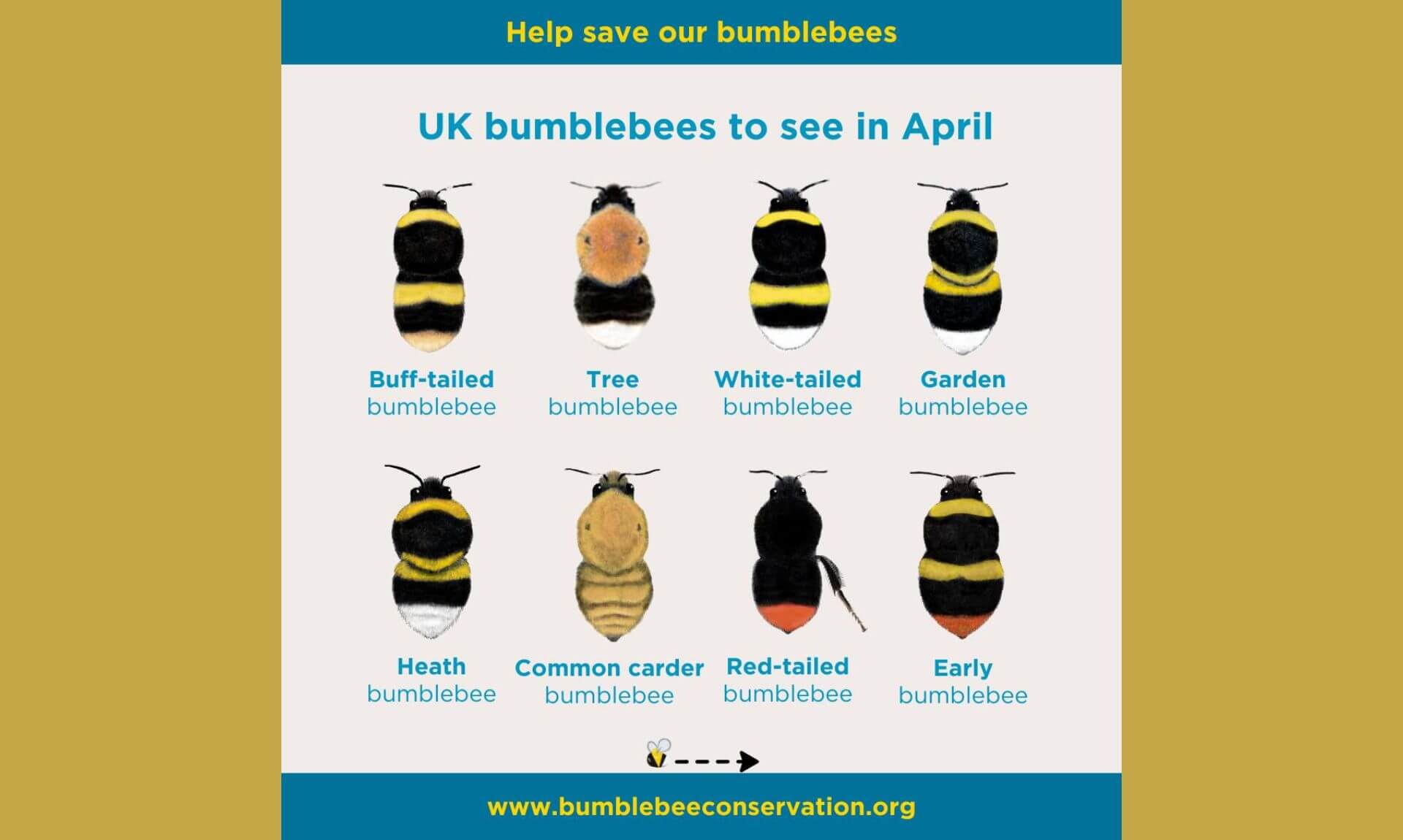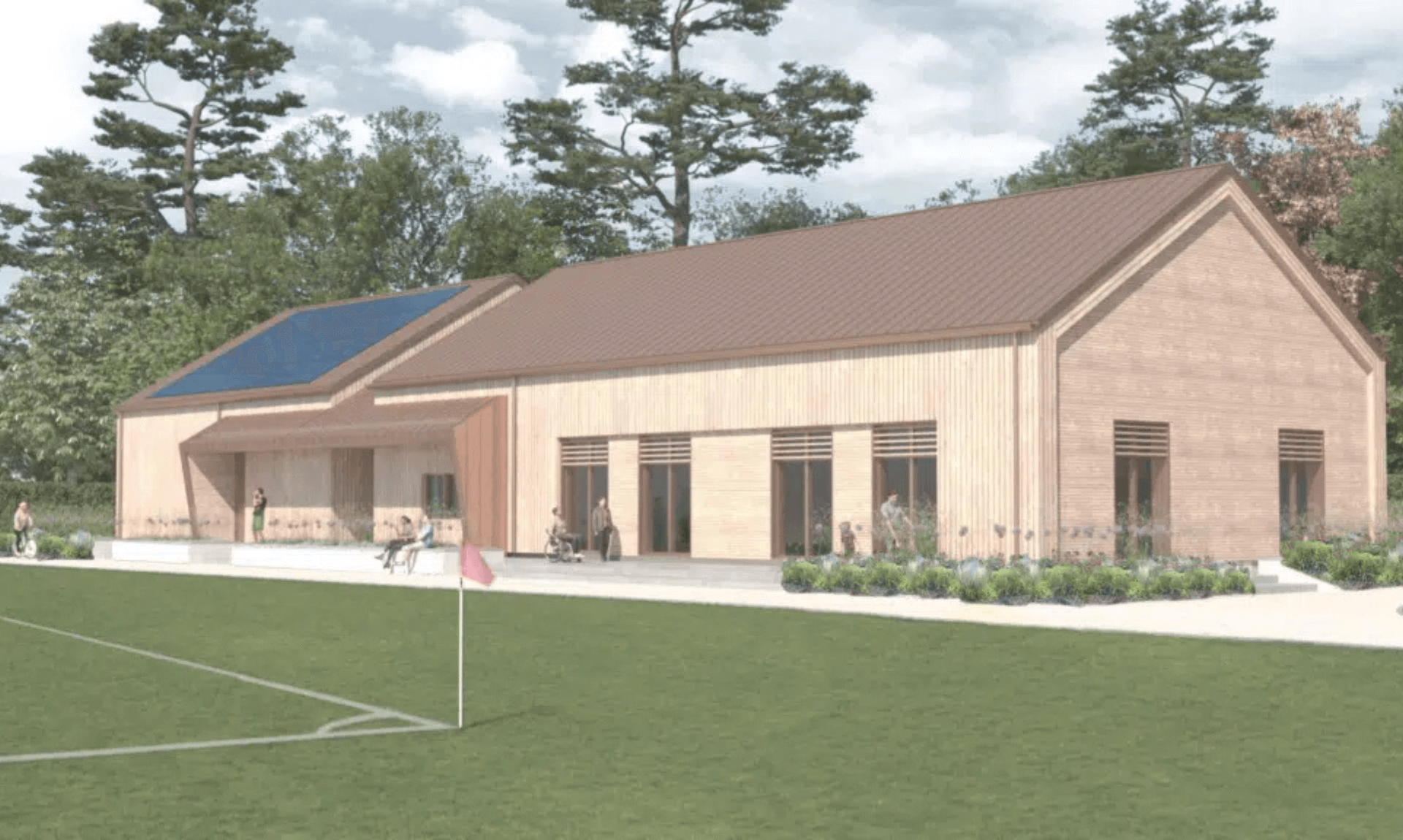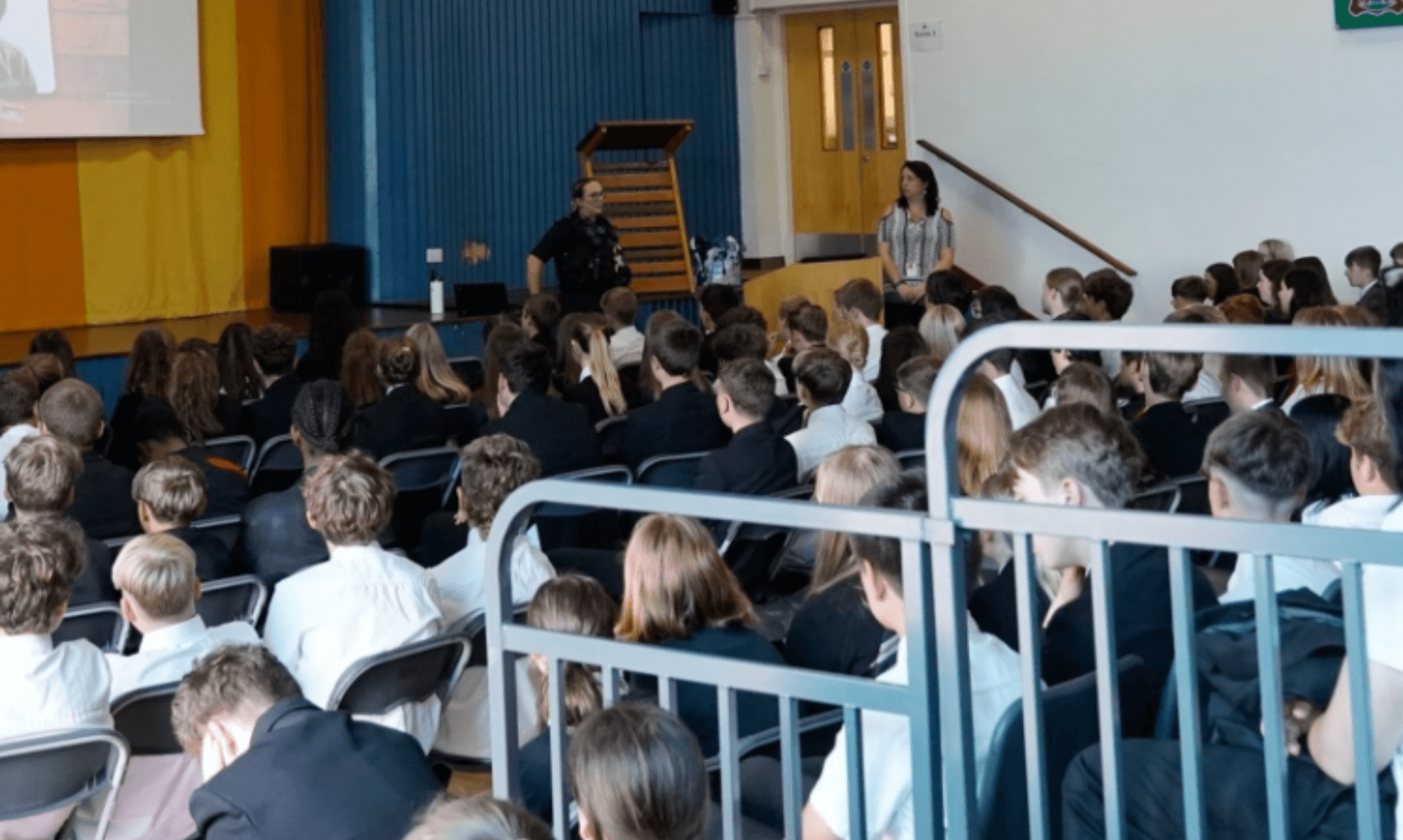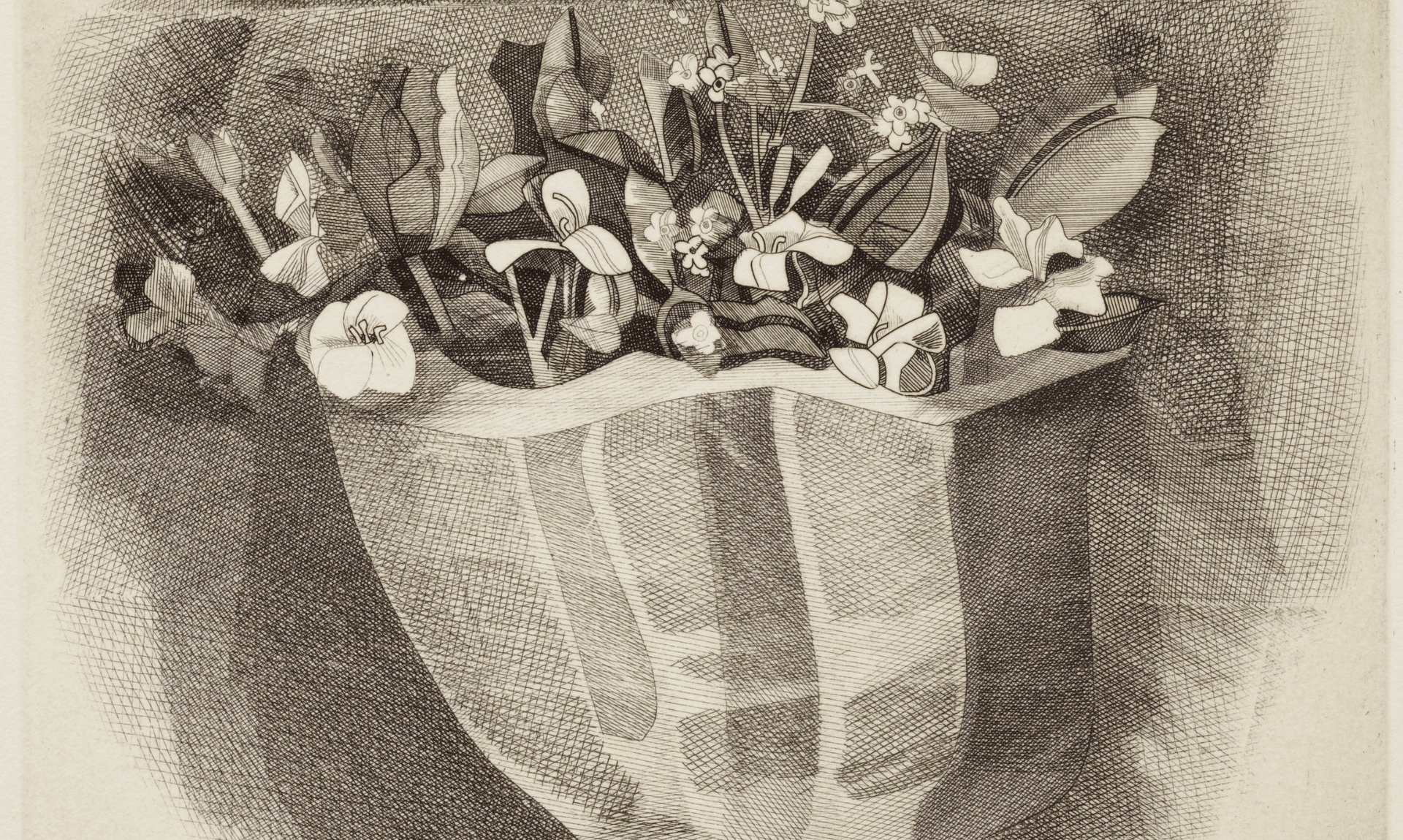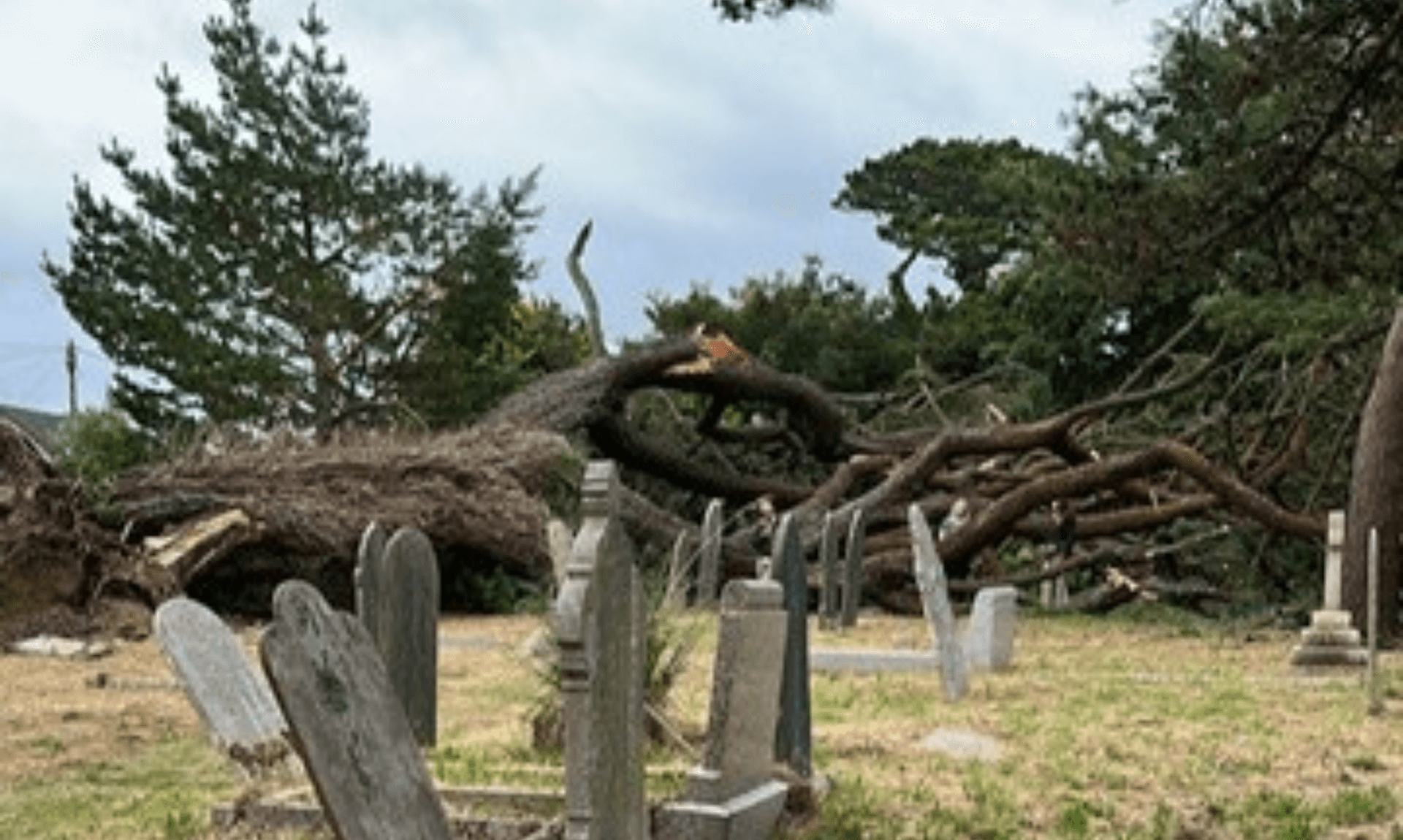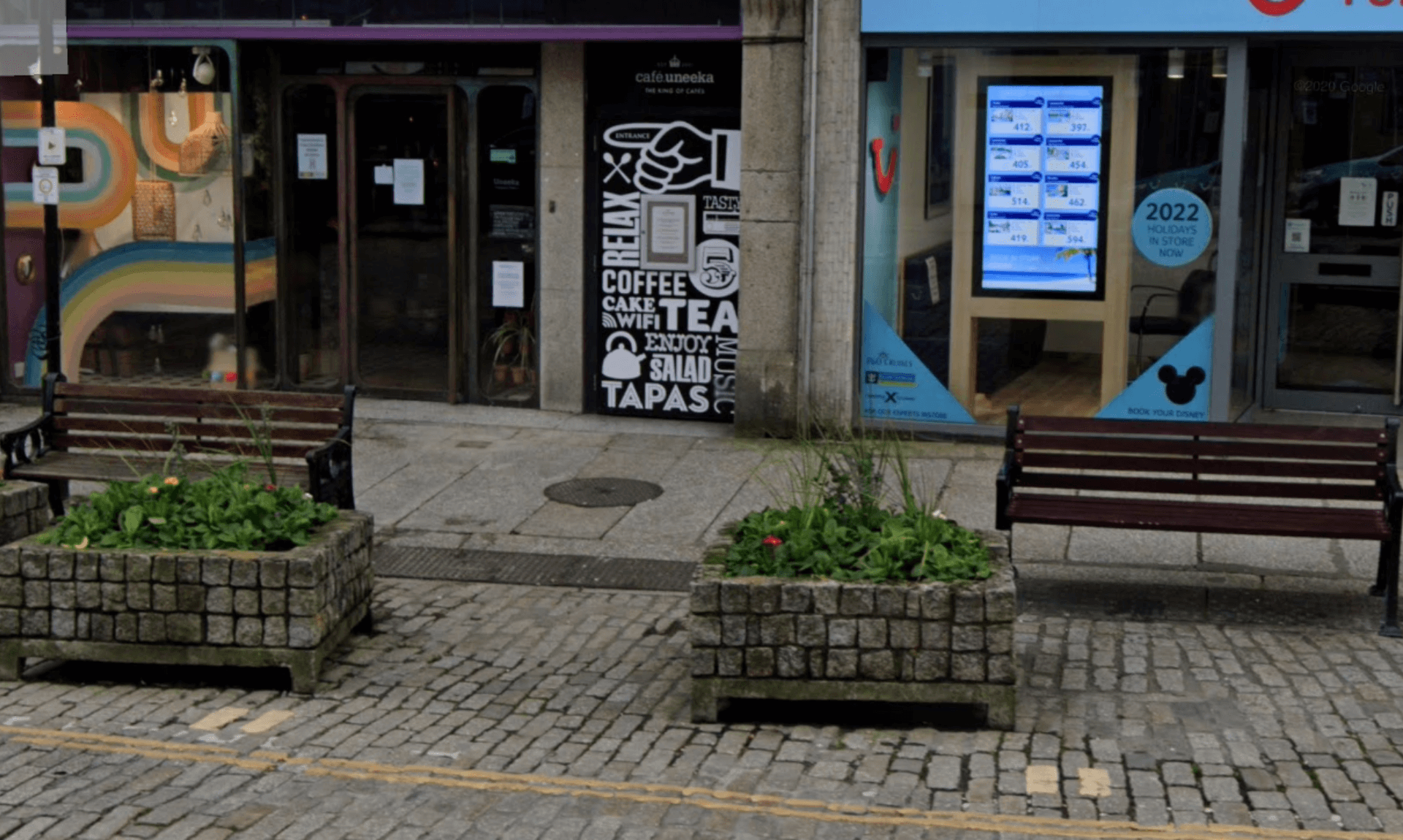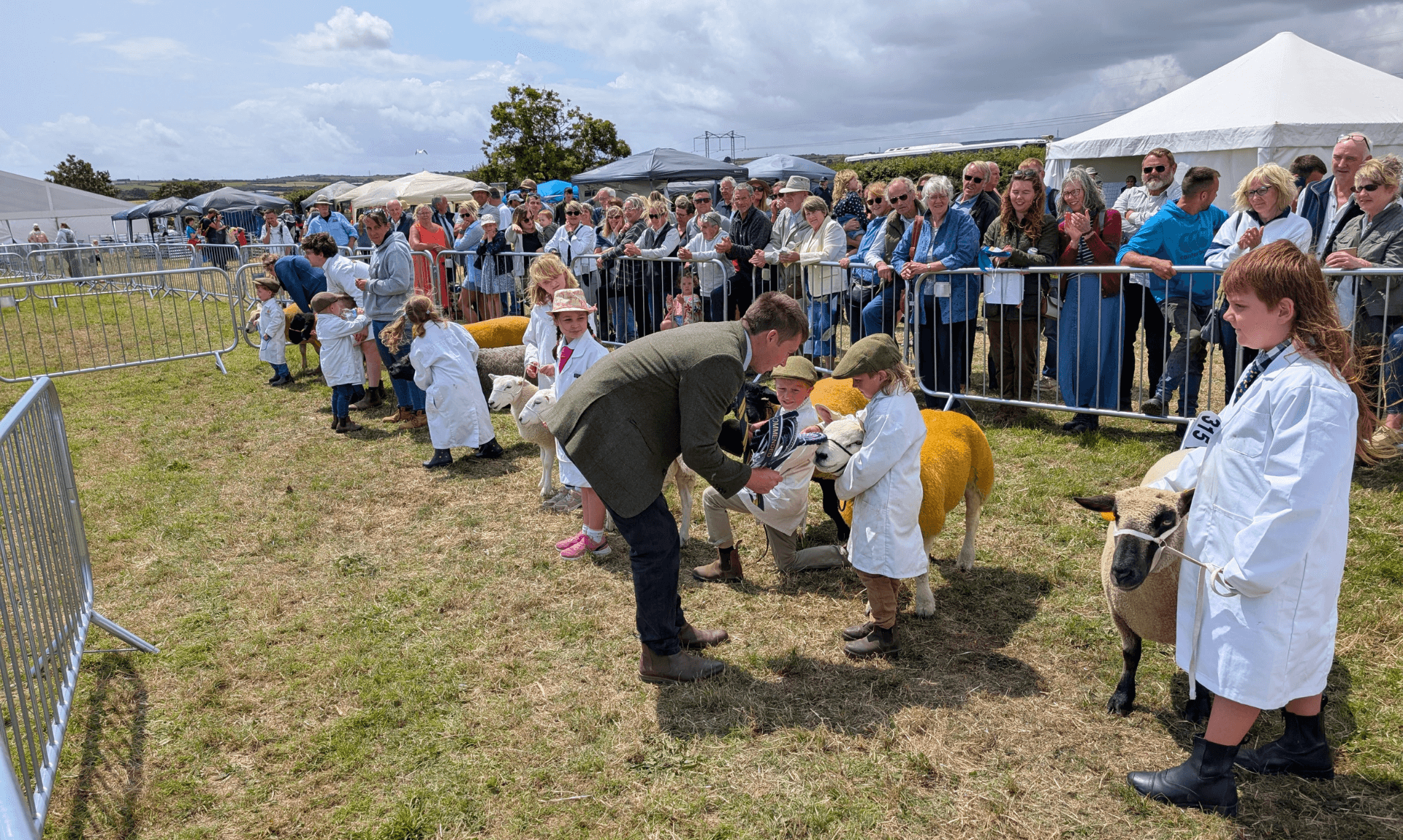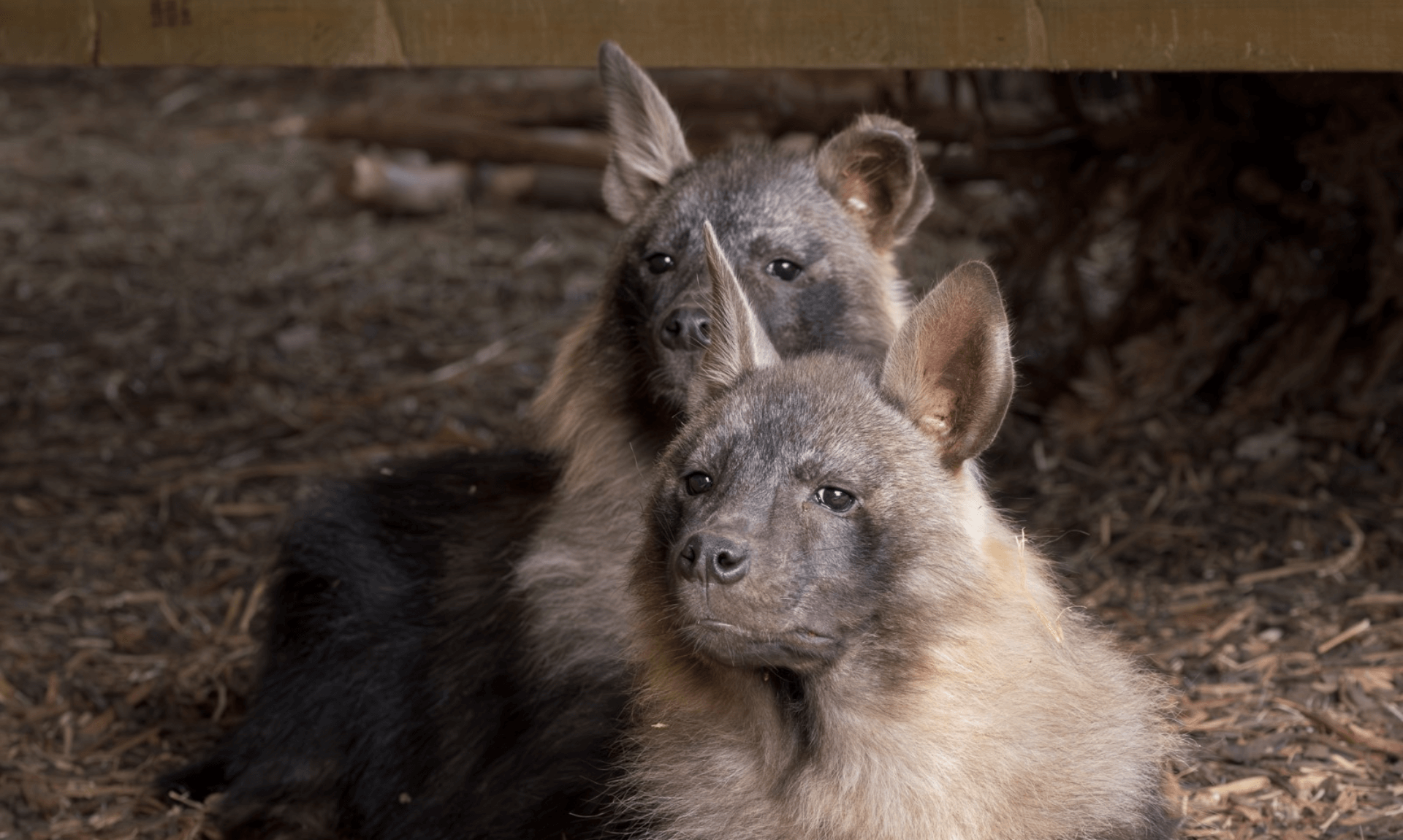As April unfurls its petals, Cornwall and the broader UK welcome a special season for nature enthusiasts and conservationists alike.
The Bumblebee Conservation Trust has heralded the return of the “Big Eight” bumblebee species, marking a significant period for these essential pollinators.
Awakening Giants
Among the UK’s 24 bumblebee species, eight stand out for their commonality and crucial role in our ecosystems. As spring breathes life into the natural world, queen bumblebees stir from their winter hibernation, triggered by the rising temperatures and the lure of longer days. These queens, having slumbered in the soil, commence the vital processes that ensure the survival and proliferation of their species.
Upon awakening, these regal insects spend a period acclimatising, slowly coming to terms with the world anew. Their first order of business is to find nourishment from the flowers in bloom, gathering the energy needed for the tasks ahead. The quest for a perfect nesting site follows, with potential locations ranging from underground holes to the seclusion offered by long grass, bird boxes, or the sheltered underside of garden sheds in Cornwall’s vibrant gardens.
With a suitable site secured, the queen lays her inaugural batch of eggs. These will hatch into white larvae, feeding on pollen collected by the queen, and eventually maturing into the colony’s first workers. These initial workers, smaller female bumblebees, are tasked with both internal and external nest duties, allowing the queen to focus on laying more eggs to expand their numbers.
Types of BumbleBee – The Big Eight: Cornwall’s Aerial Gardeners
The “Big Eight” bumblebee species represent the most commonly sighted of the UK’s bumblebees, playing a pivotal role in pollinating flowers and crops alike. Each species boasts unique traits and preferences:
- Buff-tailed Bumblebee (Bombus terrestris): Recognisable by its large size and the buff-coloured ‘tail’ at the end of its abdomen. It prefers gardens, farmland, and woodland edges.
- Red-tailed Bumblebee (Bombus lapidarius): Distinguished by its black body and bright red tail, it’s often found in gardens, parks, and heathlands.
- White-tailed Bumblebee (Bombus lucorum): Known for its white ‘tail’, this species is versatile, inhabiting gardens, woodlands, and coastal areas.
- Garden Bumblebee (Bombus hortorum): With a long face and tongue, it’s specially adapted to feed on deep flowers. Gardens and meadows are its favourite haunts.
- Early Bumblebee (Bombus pratorum): Small, with a yellow and black body and an orange tail, it emerges early in the year, frequenting gardens and woodlands.
- Common Carder Bee (Bombus pascuorum): This species has a distinctive ginger to brown colouring and is a common sight in gardens and meadows.
- Heath Bumblebee (Bombus jonellus): Similar to the Garden Bumblebee but prefers heathlands and moorlands, making Cornwall’s landscapes ideal.
- Tree Bumblebee (Bombus hypnorum): A relative newcomer to the UK, this species has a black head, brown thorax, and white tail, often nesting in bird boxes and trees.
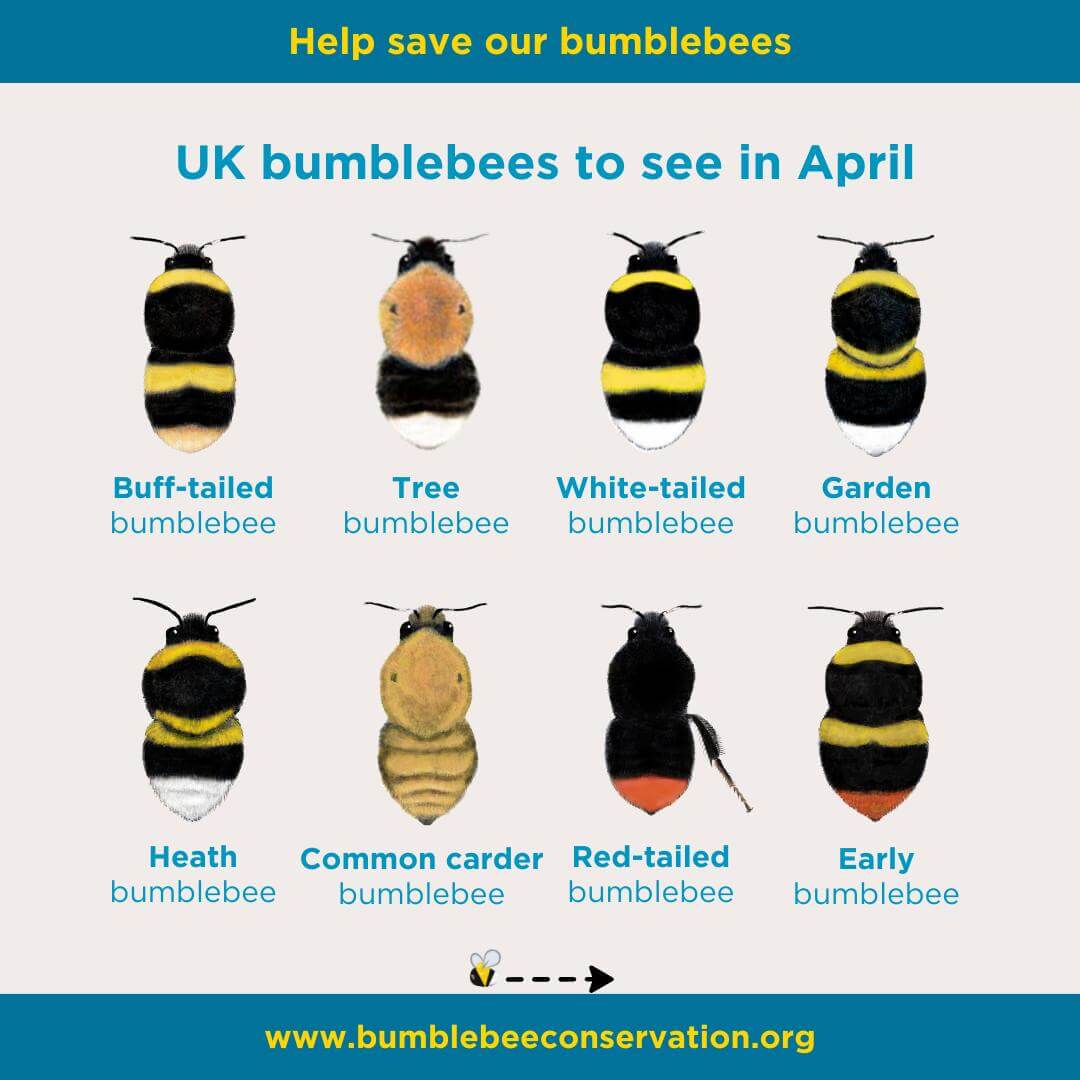
A Call to Action
As Cornwall’s gardens and wildlands buzz with the activity of these industrious pollinators, the Bumblebee Conservation Trust encourages locals to take notice and lend support. Whether through creating bumblebee-friendly habitats or simply pausing to appreciate these creatures, every action contributes to their conservation.
As the Easter weekend wraps up, the Trust poses a question to the community: Have you spotted any bumblebees recently? Engaging with our buzzing neighbours not only fosters a deeper connection with nature but also supports the vital ecosystems upon which we all depend.
Discover how you can help bumblebees this spring.
The return of the “Big Eight” is more than a seasonal marker; it’s a call to appreciate and protect the natural wonders around us, ensuring that Cornwall and the UK remain thriving habitats for bumblebees and beyond.
You can also Discover The World Of Bumblebees At The Lost Gardens Of Heligan – read our story here.

